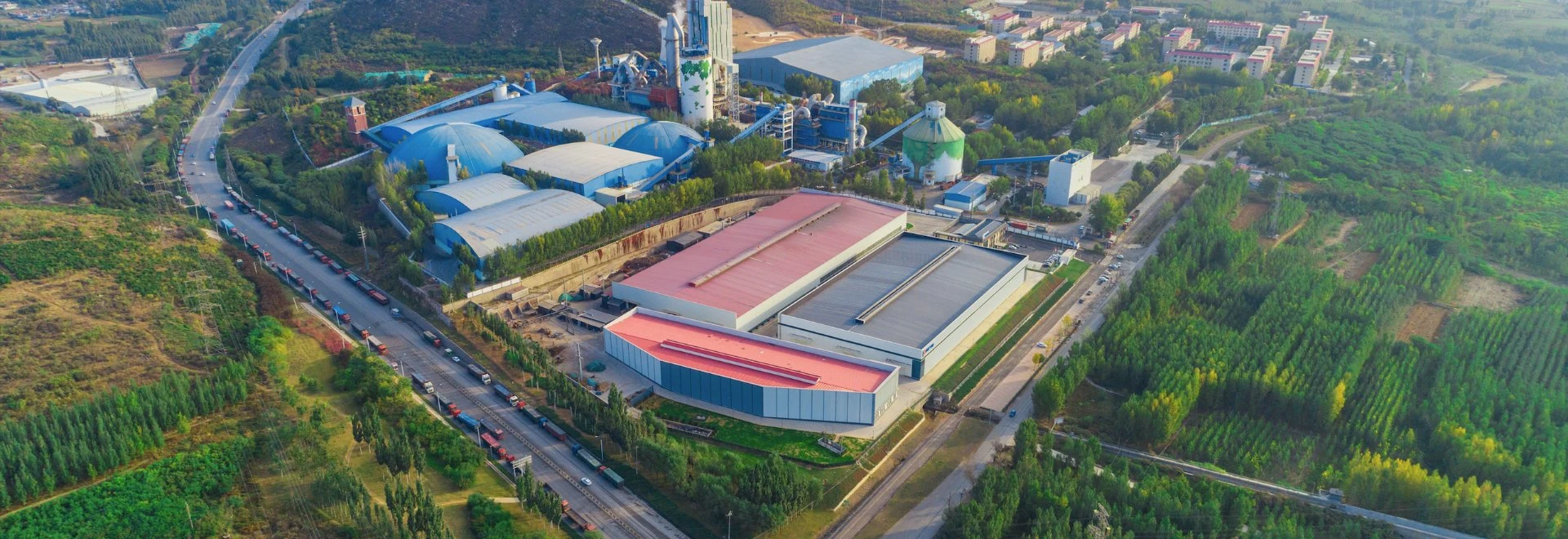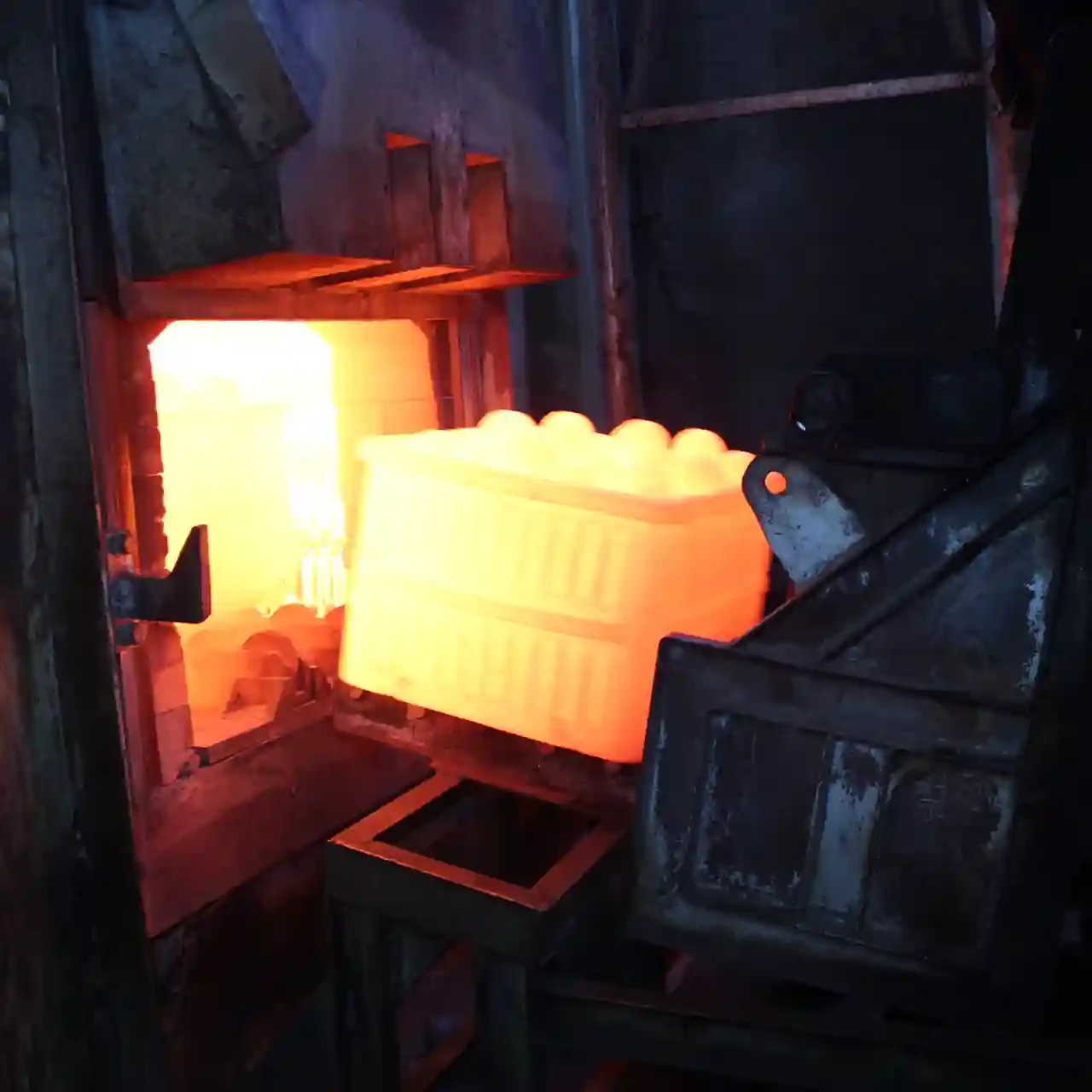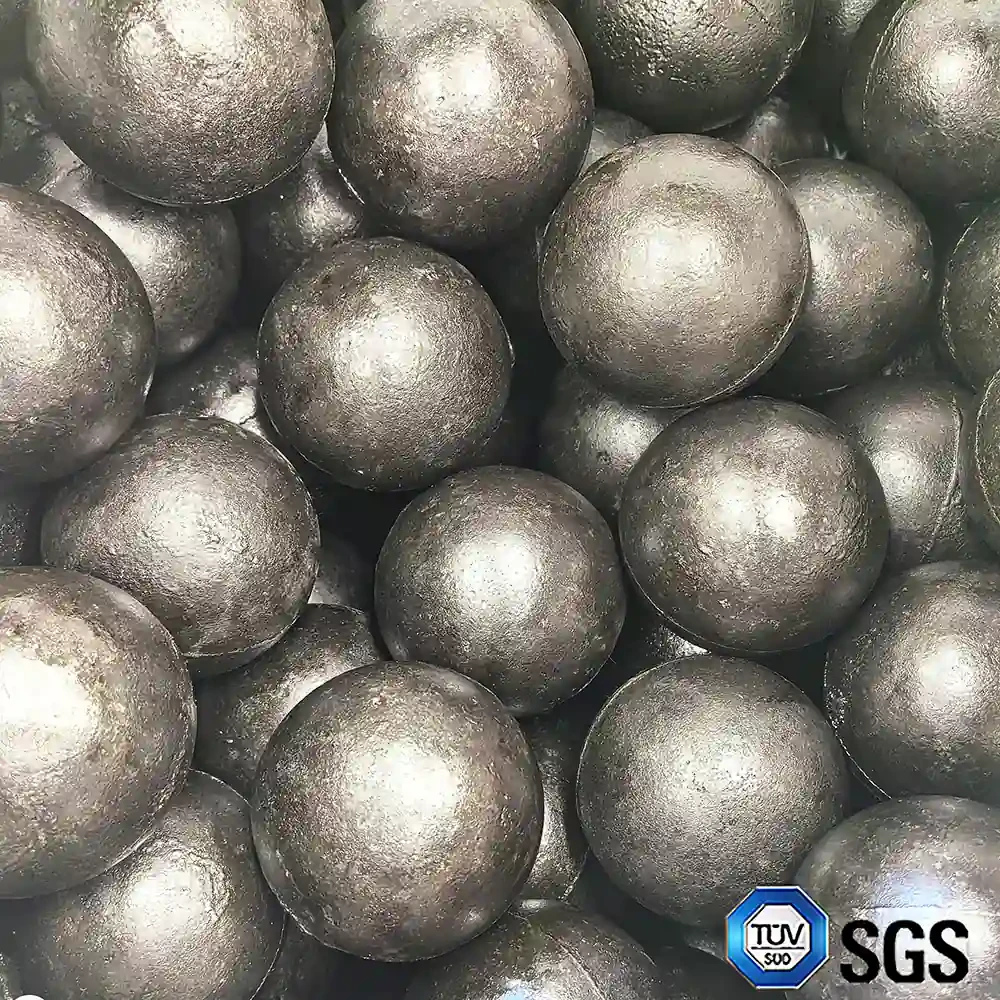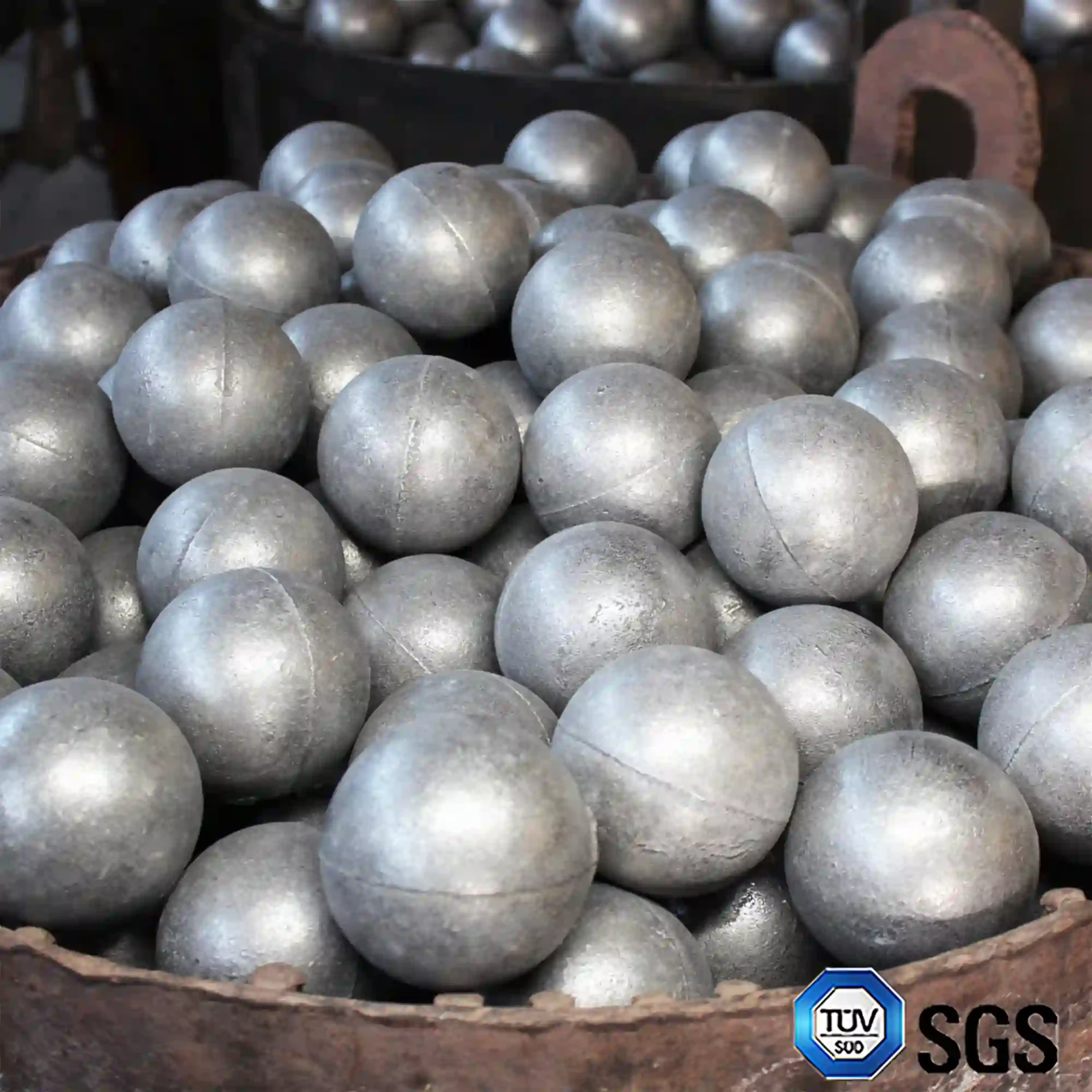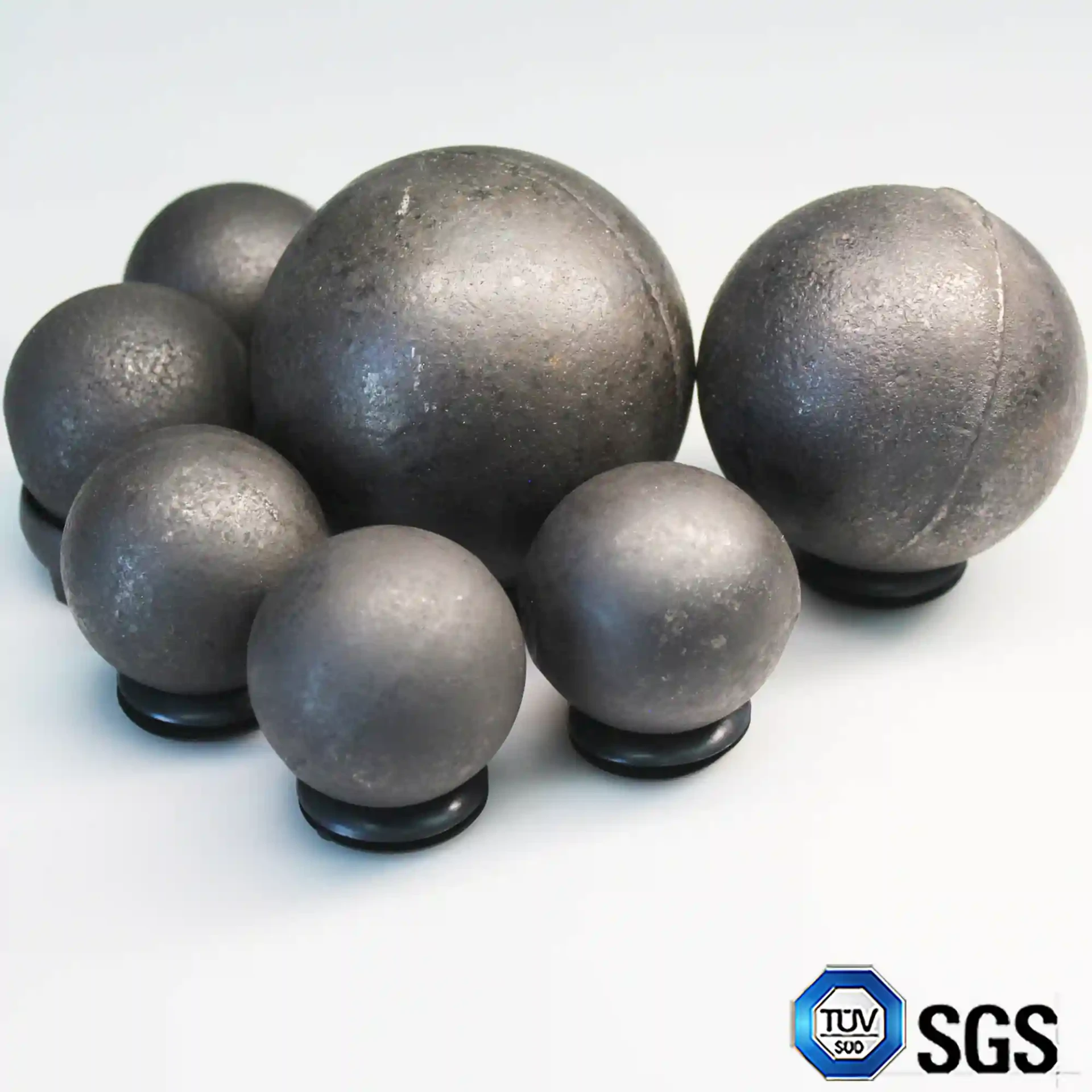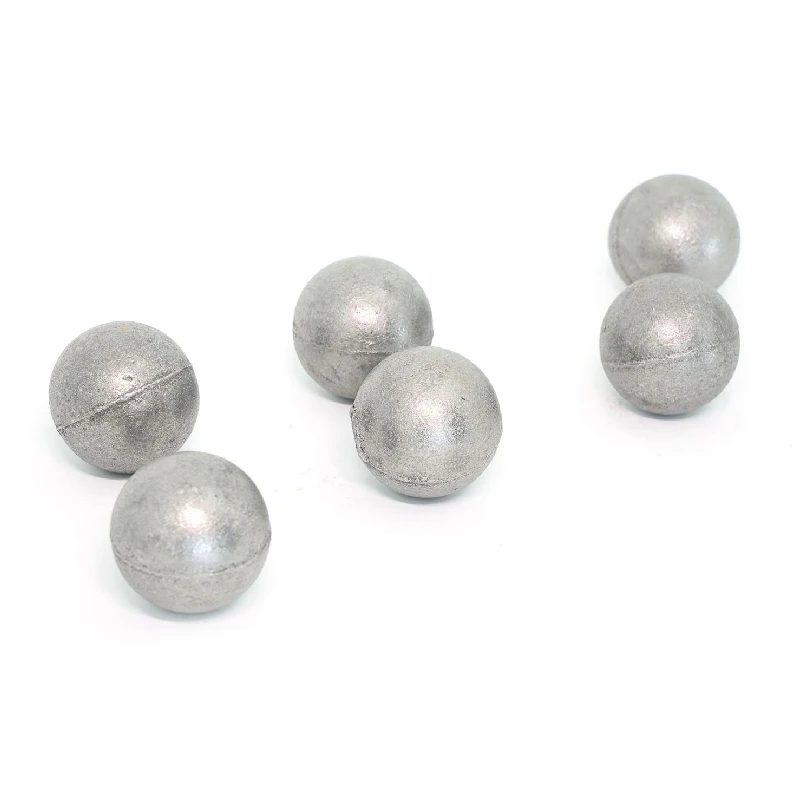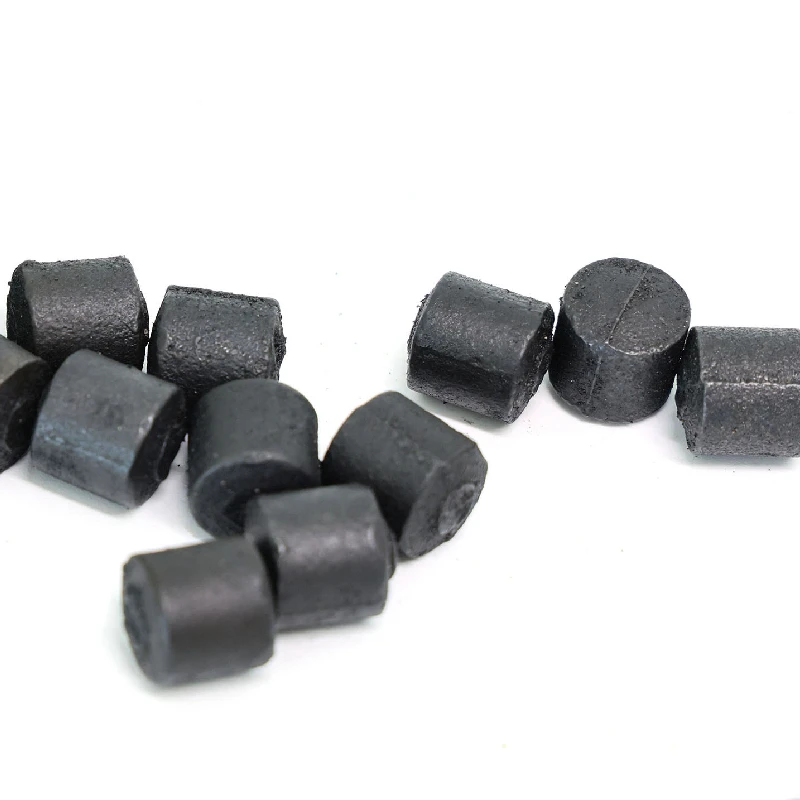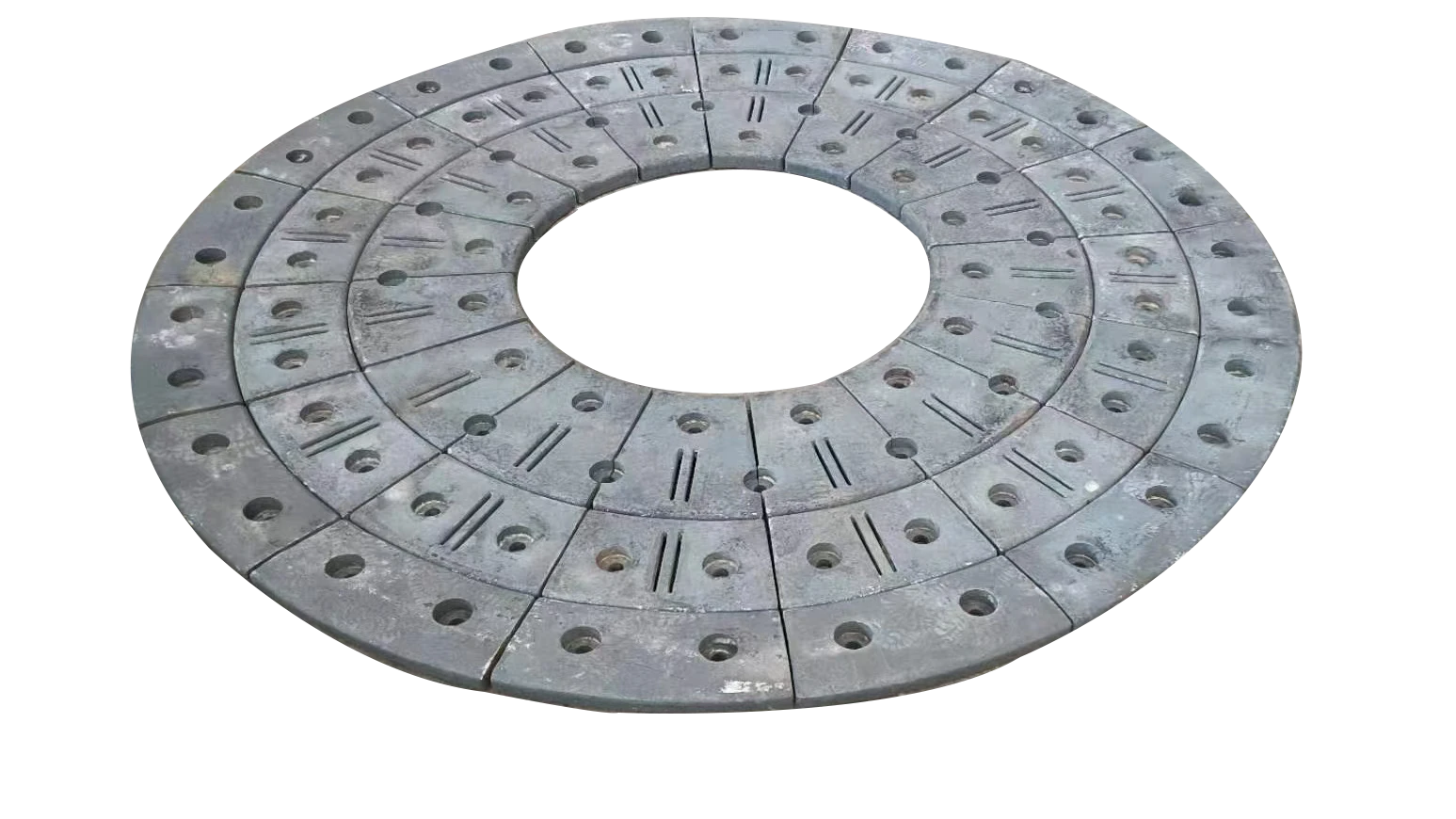Aug . 01, 2025 00:00 Back to list
Premium Chromium Carbide Liner | High Wear Resistance
In today’s high-wear industrial environments, the chromium carbide liner stands out as a premier solution for abrasion, impact, and corrosion resistance across industries like petrochemicals, metallurgy, and bulk material handling. This article delves deep into chromium carbide liner technological trends, comprehensive technical data, application advantages, manufacturer comparisons, and bespoke engineering cases—enriched with authoritative references and data visualization for maximum technical trust and SEO impact.
Keyword focus: chromium carbide liner, manganese plate, manganese steel, silico manganese, silicon manganese, hadfield steel
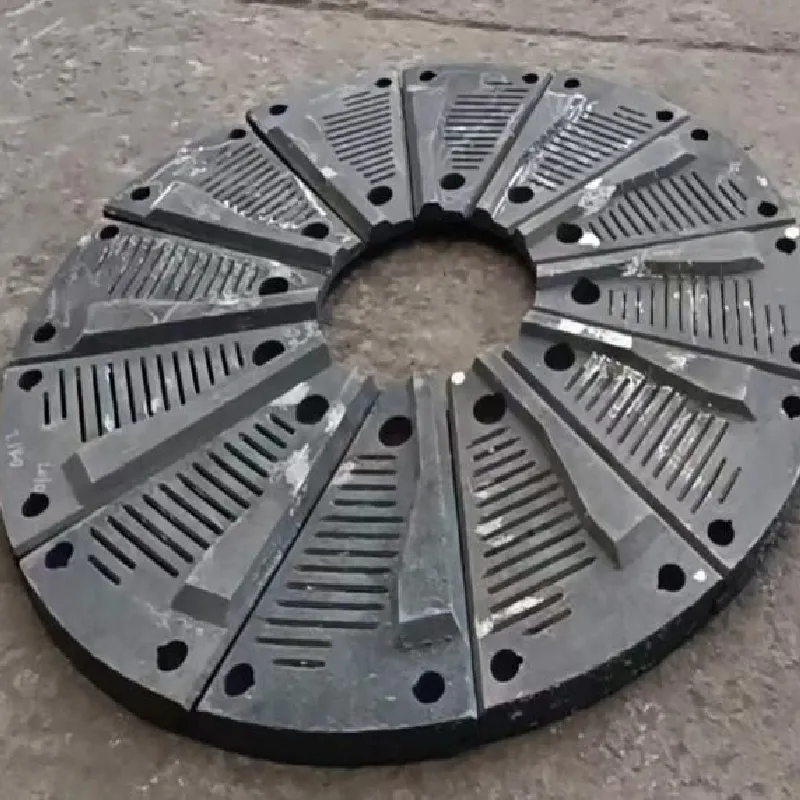
Industry Trends & Demand for Chromium Carbide Liner Solutions
According to MarketsandMarkets, the global wear-resistant steel market is projected to reach USD 17.2 Billion by 2027, with chromium carbide liners driving a substantial share due to their exceptional boundary-layer hardness (up to 65 HRC) and cost-saving maintenance cycles.
Increasing demand across petrochemical, mining, cement, steel, and water management sectors is attributed to:
- Rapid equipment replacement cost reduction (up to 300% lifecycle extension over manganese plate/steel)
- Superior fit for corrosive, highly-abrasive process lines
- Compliance with stringent ISO, ANSI, and DIN material standards
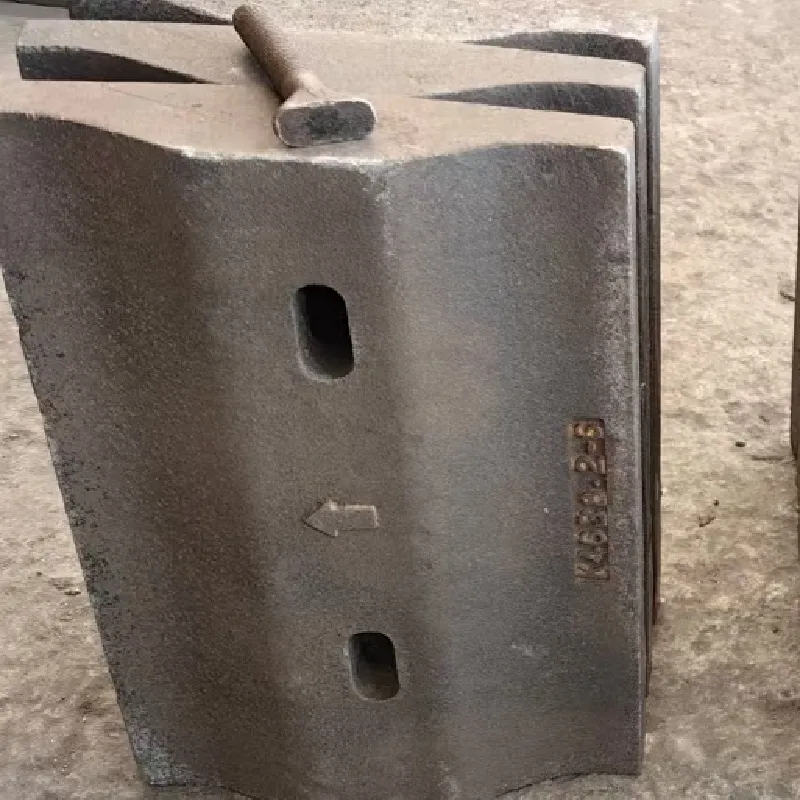
What is a Chromium Carbide Liner?
A chromium carbide liner is a composite plate, typically manufactured by overlay-welding a high-hardness chromium carbide alloy onto a steel substrate, resulting in a wear layer of complex Cr-C carbides in a robust matrix. Compared to conventional manganese plate and manganese steel (e.g., Hadfield Steel, ASTM A128), the carbide layer offers:
- Significantly higher surface hardness (usually 58–65 HRC)
- Excellent abrasion & impact resistance
- Enhanced corrosion resistance via increased chromium content (25–35%)
- Optimization via silico manganese or silicon manganese for improved toughness and weldability
Product Overview: High Chromium Alloy Liner
Chromium carbide overlay (Cr 25–38%, C 3–7%, Fe balance)
Optional alloying: Silico/silicon manganese (+3–5% Mn, +1–2% Si for improved impact toughness)
ISO 21904, ASTM G65/G105, ANSI/ASME B16.9, DIN EN 10051
Mining, Cement, Steel, Petrochemicals, Dredging, Power plants, Wastewater
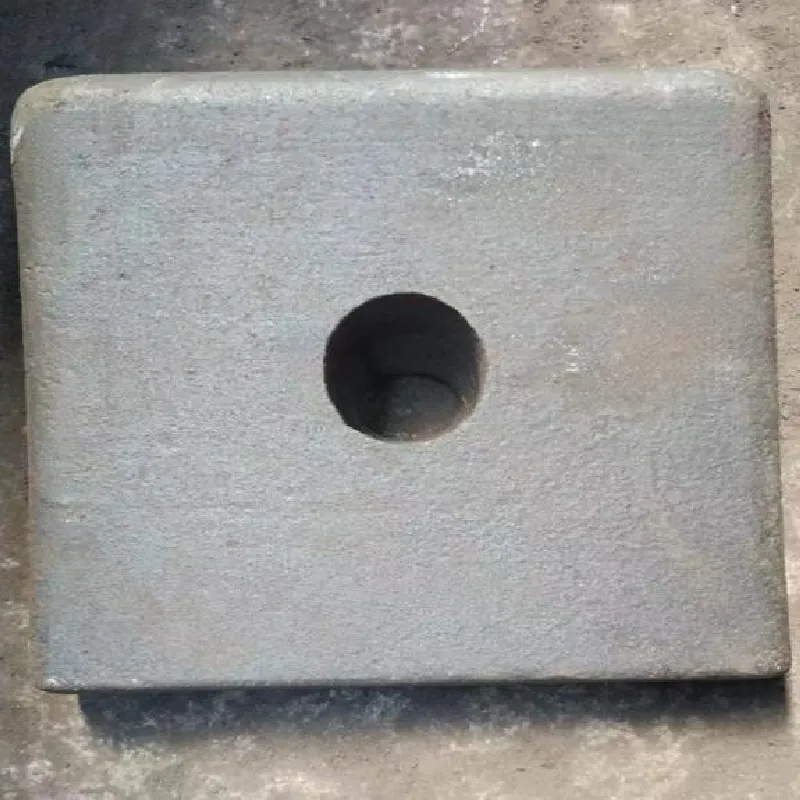
Manufacturing Process: Chromium Carbide Liner
QA Note: Every chromium carbide liner batch is tested by the ASTM G65 dry sand test & microstructure analysis, ensuring consistently high abrasion resistance benchmarked against global ISO/ANSI standards.

Technical Parameters & Comparison: Chromium Carbide Liner vs. Manganese Steel Solutions
| Property / Material | Chromium Carbide Liner | Manganese Plate | Hadfield Steel (A128) |
|---|---|---|---|
| Composition Main Elements | Cr: 25-38%, C:3-6%, Fe, Si/Mn (3-5%) | Mn: 12-14%, Fe: 84–87%, Si: 0.2–0.5% | Mn: 12-14%, C: 1.2–1.4%, Fe, Si: 0.3–0.5% |
| Surface Hardness (HRC) | 58 – 65 | 30 – 44 | 42 – 55 |
| Wear Resistance | 2.5–4× vs. Mn Plate | Standard | Good (work hardening) |
| Impact Resistance | Very High (fine grains + overlay structure) | High | Excellent (work harden) |
| Corrosion Resistance | Excellent (Cr2O3 passive film) | Moderate | Moderate |
| Service Life (abrasion use) | 18–48 months | 4–12 months | 10–20 months |
| Typical Thickness Range | 6+4mm – 12+12mm (base + alloy) | 8, 12, 16, 20, 25mm | 10, 13, 16, 19mm |
| Applications | Hoppers, chutes, crushers, pipes, cyclones | Shovel liners, truck beds | Cones, jaws, impact plates |
Data Insight: Key Technical Metrics Visualized
Surface Hardness (HRC) Comparison
Relative Service Life (Mining Abrasion, Months)
G65 Abrasion Loss Trend (Lower is Better)
Technology Advantages & Application Scenarios
Chromium carbide liners deliver unmatched performance:
- Wear Resistance: Dense Cr₇C₃/Cr₃C₂ hard phases in the overlay, up to 650 HV0.3
- Corrosion Resistance: Formation of a stable Cr₂O₃ passive layer, significantly reducing acid/alkali attack in chemical processes
- Thermal Stability: Maintains high hardness up to 650°C, outperforming manganese plate and standard carbon steels
- Custom Engineering: Can be fabricated with silico or silicon manganese additions for impact toughness/weldability
Major Manufacturers Compared (Global)
| Manufacturer | Country | Certification | Annual Output (tons) | Core Alloying | Main Industries |
|---|---|---|---|---|---|
| CD Chengda (High Chromium Alloy Liner) | China | ISO 9001, ISO 21904 | 10,000+ | Cr25–38%, Si/Mn(3–5%) | Mining, Cement, Chemical, Power |
| Bradken | Australia | ISO 14001, ISO 9001 | 8,600 | Cr, Mn, Mo, SiMn | Mining, Rail, Power |
| SSAB Hardox | Sweden | EN 10204, ISO 9001 | 7,200 | Cr, B, Ni, Ti | Material Handling, Steel |
| JFE Steel | Japan | JIS, ISO 9001 | 9,500 | Cr, Mn, Si | Construction, Oil & Gas |
Custom Chromium Carbide Liner Engineering
Thickness: 6+4mm to 20+15mm
Plate size: ≤2500mm×6000mm
CNC drilling, bending, forming
Hole patterns, complex shapes
AWS-certified welders
Onsite installation assistance
Plates marked per batch
Testing records (hardness, G65)
Typical Applications & Case Study Showcase
 Mining Industry: Copper mine transfer chutes saw maintenance intervals increase from 9 months (manganese plate) to 30 months after installing chromium carbide liner, verified by in-field hardness surveys and planned G65 abrasion audits.
Mining Industry: Copper mine transfer chutes saw maintenance intervals increase from 9 months (manganese plate) to 30 months after installing chromium carbide liner, verified by in-field hardness surveys and planned G65 abrasion audits.
 Dredging/Water Conveyance: Pipeline liners with silicon manganese modified overlays extended wear life in sand-laden flow by a factor of 4. Case referenced: ScienceDirect: Abrasion resistance study on Cr carbide liners.
Dredging/Water Conveyance: Pipeline liners with silicon manganese modified overlays extended wear life in sand-laden flow by a factor of 4. Case referenced: ScienceDirect: Abrasion resistance study on Cr carbide liners.
 Steel Plant: Hot-clinker drop hoppers retrofitted with chromium carbide overlays showed part failure rate decrease from 3/year to 0.5/year post-upgrade (see Table 1).
Steel Plant: Hot-clinker drop hoppers retrofitted with chromium carbide overlays showed part failure rate decrease from 3/year to 0.5/year post-upgrade (see Table 1).
 Petrochemical: Liner pipes operating under 120°C and acidic pH: Service period doubled versus legacy manganese steel, validated via ISO 21904 certification audits.
Petrochemical: Liner pipes operating under 120°C and acidic pH: Service period doubled versus legacy manganese steel, validated via ISO 21904 certification audits.
Technical FAQ: Chromium Carbide Liner Explained
Delivery, Warranty, and Customer Support
Standard: 12–18 working days
Large custom lots: 23–35 days
Express: On request
Ocean, air, or local warehouse distribution
Includes full documentation & mark tagging
12–24 months wear life guarantee, pro-rata replacement against abnormal wear/defects
24h online engineer team
Site survey & installation guidance
Remote diagnostics & application consulting
Authority: Industry Certification & Trusted References
- Product certified by ISO 9001, ISO 21904 and meets ANSI/ASME material standards.
- Tested compliant to third-party audits by SGS, BV; traceability for each batch maintained 7+ years.
- Trusted engineering partner to 100+ global firms (see project gallery): mining, cement, chemical, waterworks.
- Referenced in ScienceDirect, ResearchGate performance studies, and major industry forums.
Conclusion & Latest References
The chromium carbide liner is the market's most effective solution for high-abrasion/wear engineering applications, significantly outperforming manganese plate, Hadfield steel, and even many advanced ceramics where toughness is also critical. With ongoing improvements in overlay technology, custom alloying (e.g., with silico manganese), and global standardization, these liners offer the strongest EEAT footprint: proven expertise, deep industry experience, global certifications, and trusted support for demanding real-world projects.
For technical documents and downloads, see chromium carbide liner page.
-
Expert Insights on Fabrica de Molinos de Bolas: Industry Trends & Global Applications
NewsNov.24,2025
-
Expert Insights on Fabricantes de Bolas de Molienda de Acero: Global Applications & Trends
NewsNov.23,2025
-
Leading Fabricantes de Bolas de Molienda: Your Ultimate Guide to Grinding Balls
NewsNov.23,2025
-
Fabricante de Bolas de Molienda – Quality Grinding Balls for Efficient Industry
NewsNov.23,2025
-
Trusted Proveedores de Medios de Molienda for Efficient Industrial Grinding
NewsNov.22,2025
-
Proveedores de Bolas de Molienda: Your Guide to Top Grinding Ball Suppliers & Industry Insights
NewsNov.22,2025
Realted Products

